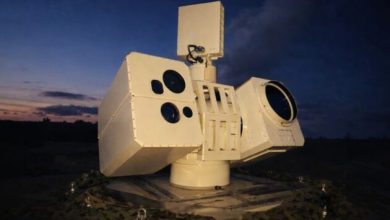Lukashenko: “Russia will step up special military operation”

Russia will increase efforts in its special military operation, while the West will seek to arm Ukraine even more, Belarusian President Aleksandr Lukashenko said a meeting on military security issues on 4 October, BelTA has learned.
“We should not expect tensions to ease in the near future. On the contrary, Russia will increase efforts in its special military operation. The West will seek to arm Ukraine even more,” the Belarusian leader said.
The head of state stressed the need to be prepared for any development of the situation. “We have gathered here once again to analyze the development of the military and political situation around Belarus and to determine our response measures,” the president said.
Aleksandr Lukashenko said that he constantly warns the heads of all security agencies, primarily the Defense Ministry and the State Security Committee (KGB): “Keep an eye on your enemy, make sure we do not miss anything. We must be aware of all their movements near the state border of Belarus. This also applies to the border troops, the Defense Ministry, and other special services of Belarus. I am briefed that everything is under control. That is good.”
The head of state also asked to report on any problematic issues in the security agencies.





